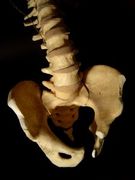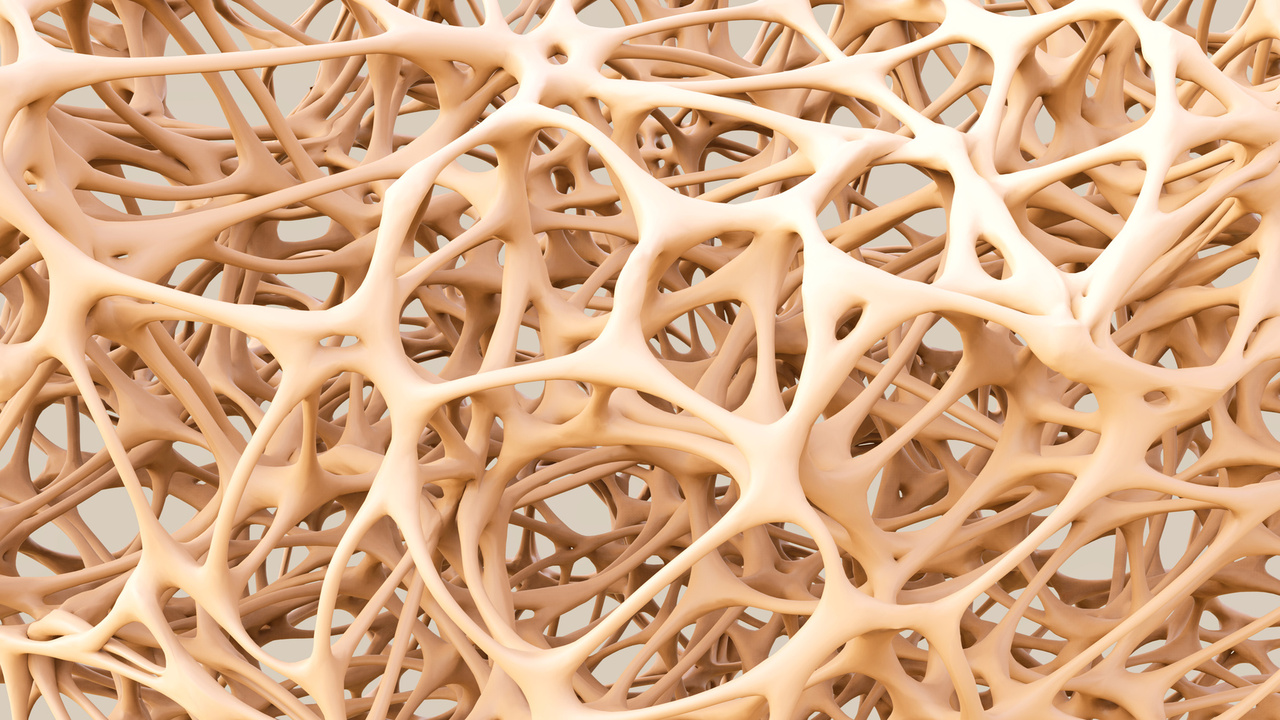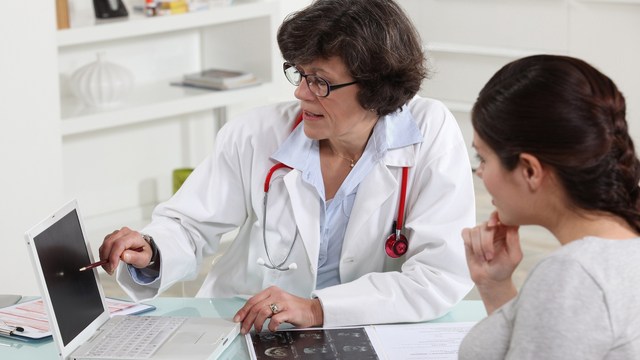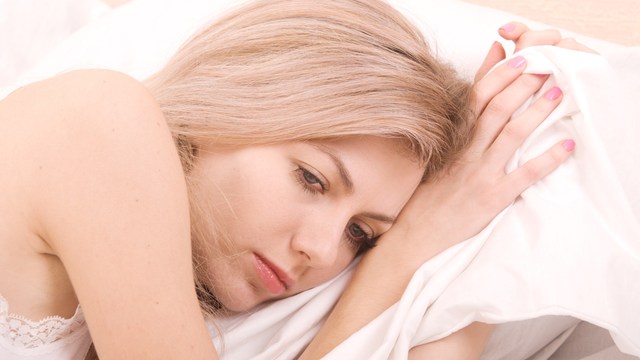
Osteoporosis actually means porous bones. The best defense against this generally preventable condition is building strong bones before the age of 30. Currently there are treatments but no cure for osteoporosis. These tips for a healthy lifestyle can help keep bones strong.
Eat a Healthy Balanced Diet Rich in Calcium and Vitamin D
The body stores 99 percent of its calcium supply in the bones and teeth. Bones continuously absorb and deposit calcium to form new bones. The formation of bone is greatest in young children. During early and middle adulthood, there is an equal balance in the process of continually absorbing calcium and forming new bone. In aging adults and postmenopausal women, bone breakdown exceeds bone formation. The result is bone loss and the increased risk for developing osteoporosis. Vitamin D is essential for the absorption of calcium in the gastrointestinal tract and for maintaining adequate calcium levels in the blood. Along with calcium, vitamin D helps prevent osteoporosis.
Eating a diet rich in calcium and vitamin D helps prevent bone loss. Good sources of calcium are low-fat yogurt, milk and cheese. These dairy products are a good source of vitamin D. Leafy green vegetables, such as spinach, kale and turnip greens join broccoli as sources of calcium. Salmon, tuna and mackerel are rich in vitamin D. Foods such as milk, cereals and certain brands of yogurt and orange juice are fortified with vitamin D.
Exercise Regularly
A regular program of weight-bearing aerobic exercises, strength training and flexibility exercises can help stop further bone loss and help build bones at any age. For the bone-building effect, both muscles and bones must work against gravity. Before beginning an exercise program, check with your physician if you are at risk for osteoporosis related problems and what exercises may be right for you.
The staff of the Mayo Clinic offer suggestions for these three types of exercises. Weight-bearing activities involve exercising on your feet with your bones supporting your weight. Walking, dancing, low-impact aerobics, gardening and stair climbing are examples. Strength training includes the use of free weights, weight machines and resistance bands. Flexibility exercises are stretches that are done at the end of an exercise program when the muscles are warmed up. Stretches should be done slowly, gently and without flexing the spine or bending at the waist.
Limit Protein and Caffeine Intake
High dietary protein intake has been proven to increase urinary calcium excretion. According to an article written by Jane E. Kerstetter, et al., in the September 2003 issue of the American Journal of Clinical Nutrition, a diet of moderate protein intake of 1.0 to 1.5 grams per kilogram of body weight is associated with normal calcium metabolism and believed not to contribute to bone loss. Caffeine increases urinary calcium excretion and is an identified risk factor for osteoporosis. Results of the Farmington Study conducted by D.P. Kiel, et al., and reported in the October 1990 issue of the American Journal of Epidemiology, documented that drinking more than 2.5 cups of coffee or five cups of tea daily increases the risk of bone fractures.
Quit Smoking
For over 20 years, cigarette smoking has been known to be a risk factor for developing osteoporosis. Studies have shown a direct correlation to tobacco use and decreased bone density. It has been difficult for researchers to determine if bone density loss is directly the result of cigarette smoke or other factors associated with smoking, such as a tendency to be thinner, increased alcohol use, poor diet or less physical activity.





Add a CommentComments
There are no comments yet. Be the first one and get the conversation started!